A series about our spring Turkish Tulip Craft + Culture Trip: Istanbul along the Bosphorus
Beyond the protected Old City (at least in Sultanahmet, since other parts of the Fatih penisula are currently being ‘rearranged’) is the rest of European Istanbul, to the north of the Golden Horn. On our Tulip Trip, we traveled north up the coastal strip. A place to see and be seen, with upscale crowds understandably wanting to enjoy this lovely environment of parks, palaces and rare green space, though marred by honking cars and polluting buses.
Why aren’t there more small water transports here I wonder, each time I’m caught in traffic. I suppose crossing the Bosphorus by gondola would be suicidal: no Russian tankers or Ukrainian cargo vessels in the Grand Lagoon. And perhaps a fleet of water taxis along the shore would be too unruly, given how drivers behave on land.
These expensive Bosphorus neighborhoods are home to strait side mansions converted to museums, two of which we visited. The first took some time to reach, up that busy stretch of scenic coastline all the way to Sariyer: the museum in honor of Sadberk Koç, born into a prominent Ankara family a century ago. She married a cousin who became a major force in the newly forged Republic of Turkey’s educational and cultural institutions, among several others. Sadberk Hanim, a passionate handcraft collector, reflected the image of a tradition bound lady from the Turkey’s first wealthy industrial class of the 20th century.
Our second stop was the Sakıp Sabancı Müzesi, founded by the family of an early 20thC wealthy trader with cotton picker humble origins from the central Anatolian town of Kayseri. The Sabancıs purchased an historic building, former home of Egyptian governors and Montenegrin ambassadors, to house an expanding and influential collection of fine art.
The Istanbul Dream: Provincials in a budding democracy prospering through hard work, ending up a generation later in these yalı, the wooden mansions of the long Ottoman reign. That 600 year empire was reduced in relevance as modern Turkey emerged. 90 years on, these mansions take on renewed vitality as the age of the Sultans is no longer ignored.
In this stunning ancient city, the past decade’s economic boom has rapidly changed the landscape beyond this rarified waterside region. A newer wave of arrivals combine Islam with capitalism, as the Anatolian Tigers, prospering cities in the Turkish heartland, send their residents to this eternal melting pot.
A city that has exploded in population since the late 1950’s with those from places east – within Turkey’s borders and beyond – moving to find work to feed their families, to escape the lack of schools and other opportunities, or to avoid actual war.
An increasingly young population, one with sharp divides in how and by whom they’ve been educated. Plus new versions of mismatched immigrants to these shores: refugees, business investors, meanderers like me seeking new cultural immersions, native Turks returning from educations and career starts abroad. All set against a huge flood of tourists and outside ‘western’ cultural influences, connecting Turkey’s residents in actual and virtual worlds. Causing some to emulate other lifestyles, others to cling to their traditions, still more to search for their own combinations.
Istanbul is a marketplace in which all classes and ethnic groups trade. The remnants of a handcrafted past are to be found still within the walls of 16thC bazaars. Traditional materials to be gathered to craft new versions of old skills. Artisans, though few, who work in the old ways, indeed dedicate their lives to preserving them.
I long for a revival of handwork, in this city renowned for its embroidery throughout Europe. Especially during the 16th and 17th centuries in the time of the Kadınlar Saltanatı, the Sultanate of Women, when the Imperial Harem and Valide Sultan were not only patrons of the arts with workshops providing women with work, but virtually ran the Empire.
Embroideries now flood the Grand Bazaar in the Ottoman style, but are hand stitched in Central Asia, where labor is cheap and there is still little work for women other than to stitch or pick cotton and fruit. That women are no longer bound to remain at home by social convention is progress, yet handmaking skills have been lost in the love of the modern, the machine made.
Those pieces that speak to me document my own personal fiber art culture, with bits from here and there inventing new ways of creative work. Collections of ephemera are all about arrangement and reuse. Like Orhan Pamuk’s Museum of Innocence, an actual gathering of relics compiled by the lovelorn protagonist in his book by the same name, giving us a rarified view of everyday objects illuminating another era of Istanbul life.
That vintage version of Istanbul can still be observed around the neighborhoods Galata and Karakoy. Though old warehouses with billion dollar views repurposed to house modern art is progress I can appreciate, how long before too much development and gentrification take over? Late May in Istanbul, we were learning from history along this Bosphorus shore, not realizing that history was about to write a very important page in this city of so much past.
“My constitutional law is this: I exist if my country and my state exists. We all exist if there is democracy. We must put in our best efforts into strengthening the economy of our country. As our economy strengthens, democracy will take a stronger hold and our credibility in the world will increase“. Vehbi Koc

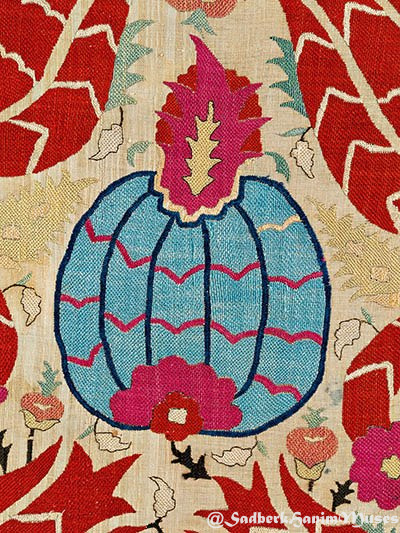
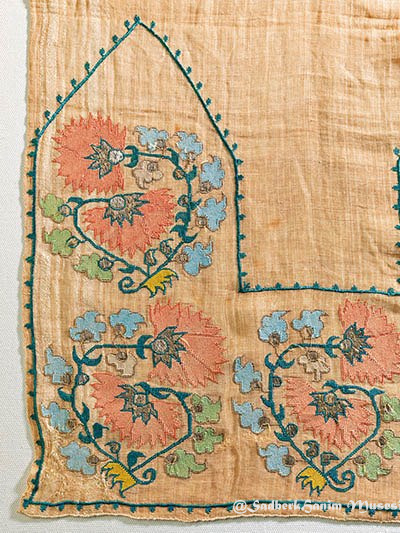
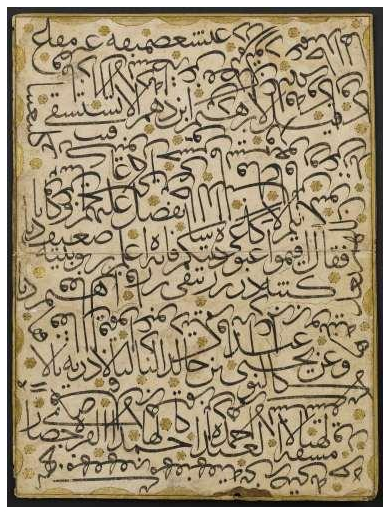
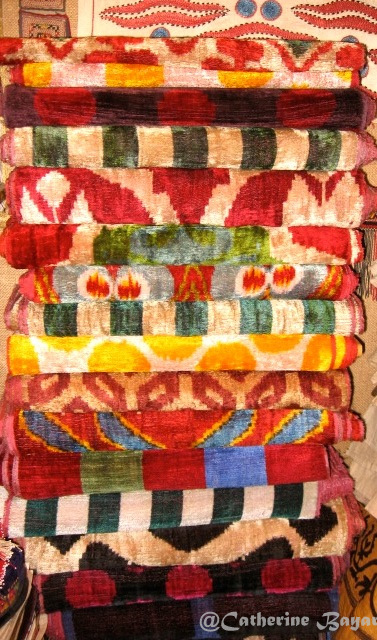
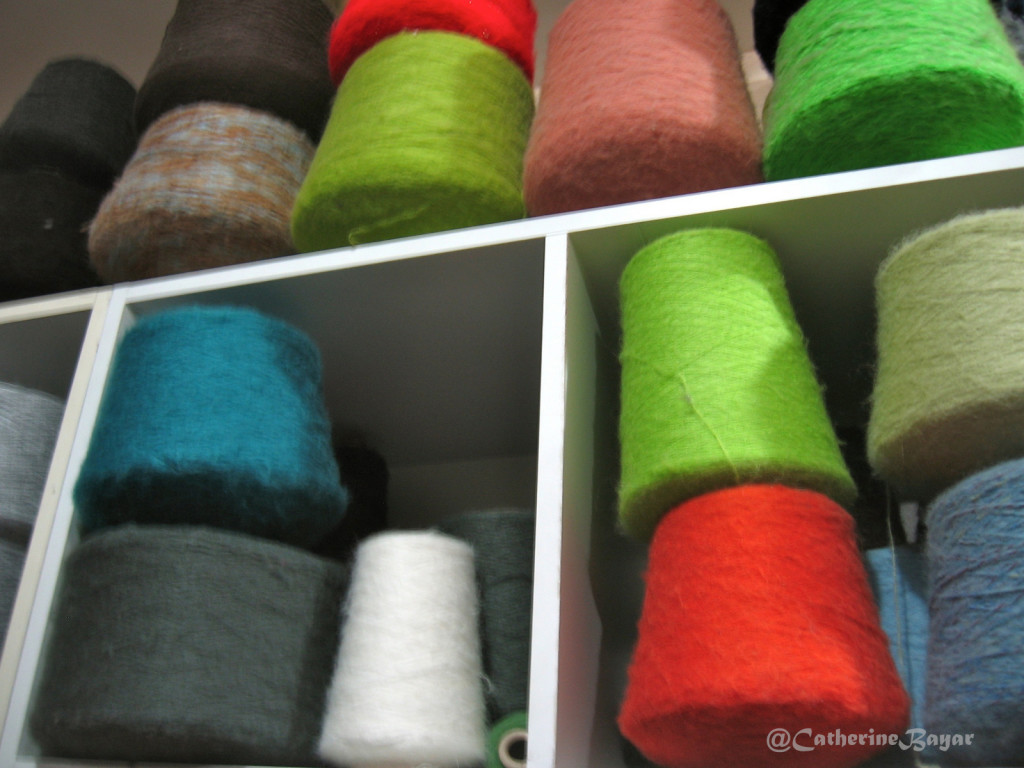
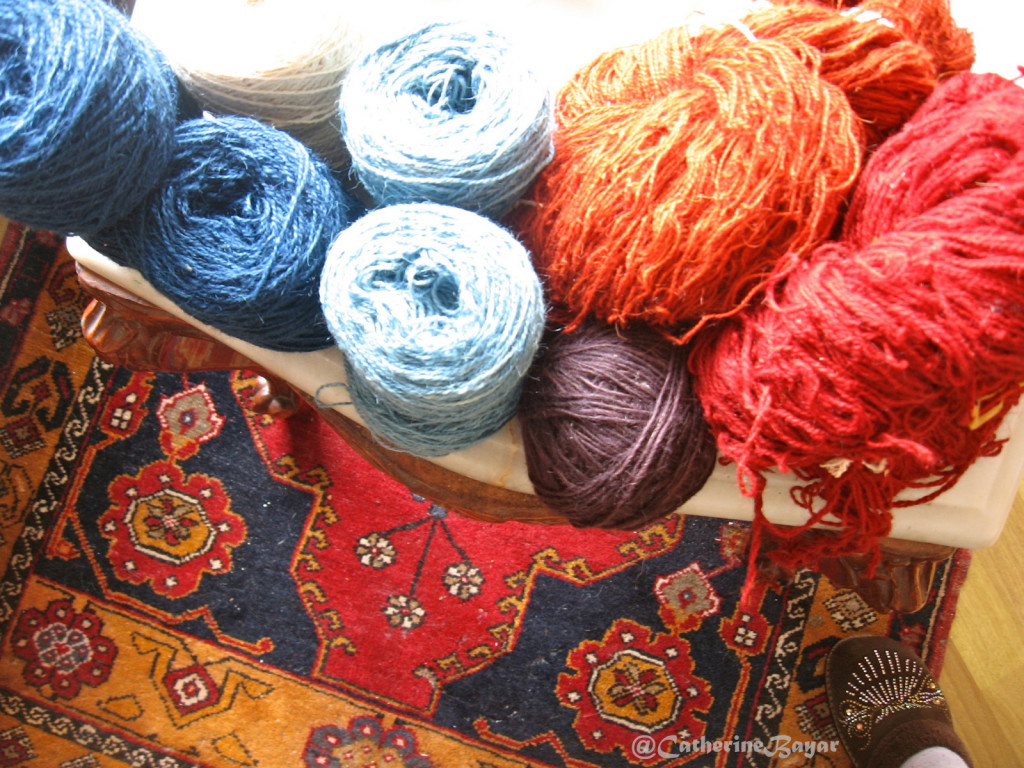
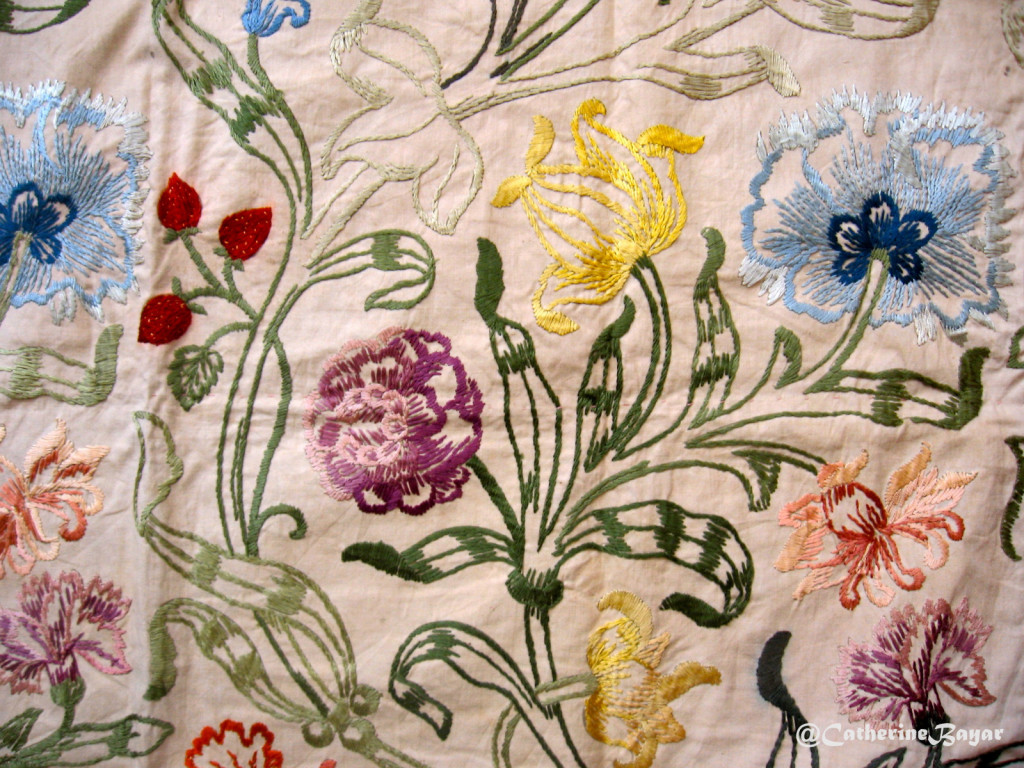
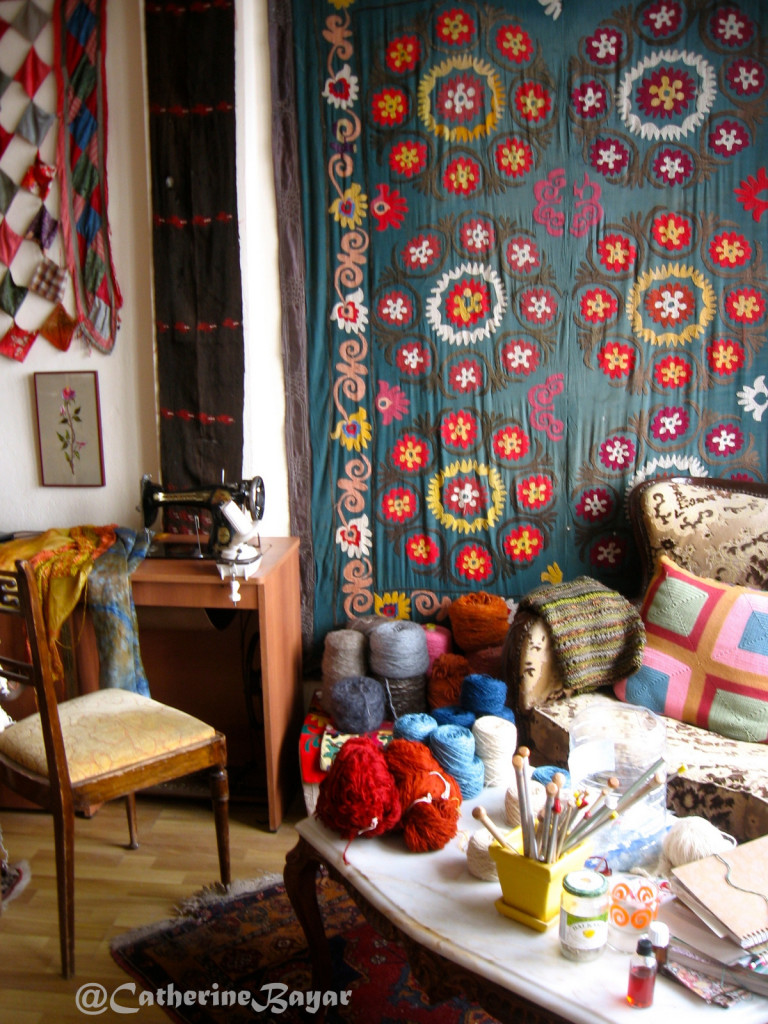
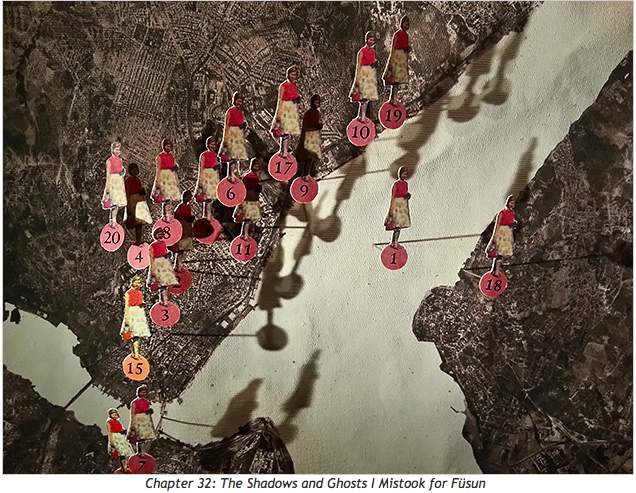
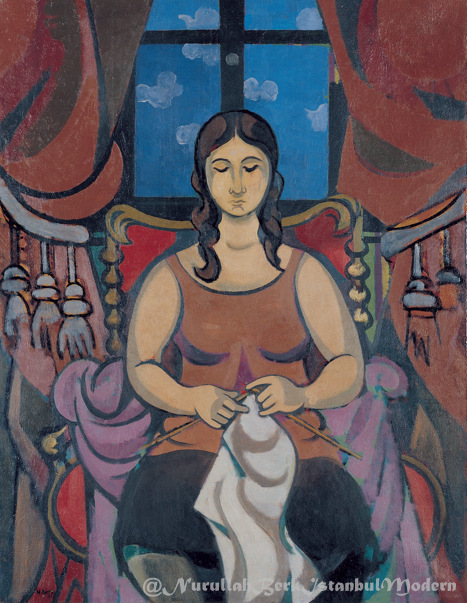
Some nice examples of why a trip to Turkey would be expensive for this fabric artisan loving traveller! Love the pomegranate embroidery and now have added Museum of Innocence to the list of places to visit.
Thanks, Cameron! I trade most of my money for textiles too – one of the few real dangers here in Turkey. Be sure to read the book before you visit the Museum of Innocence, otherwise it may seem like an upscale Cukurcuma junk shop.